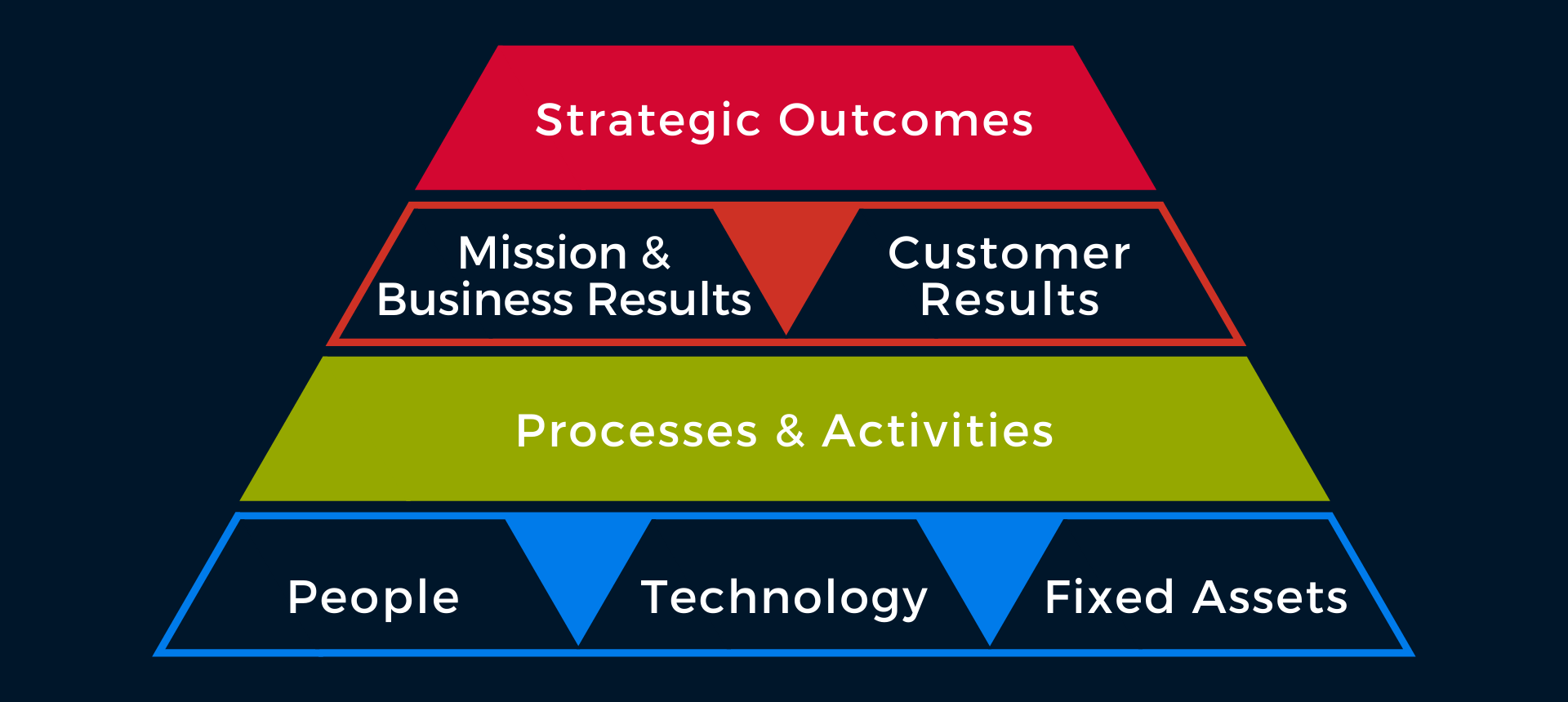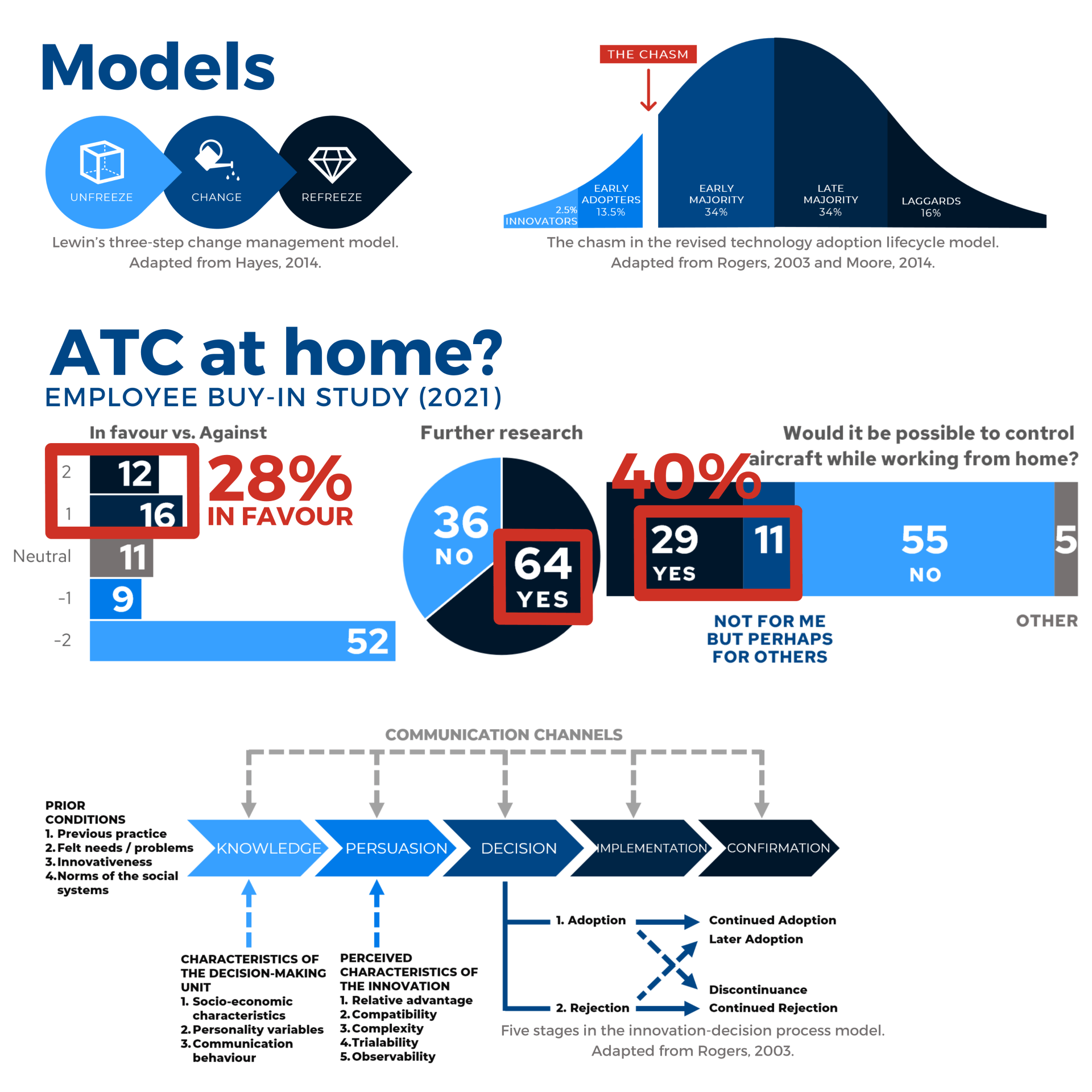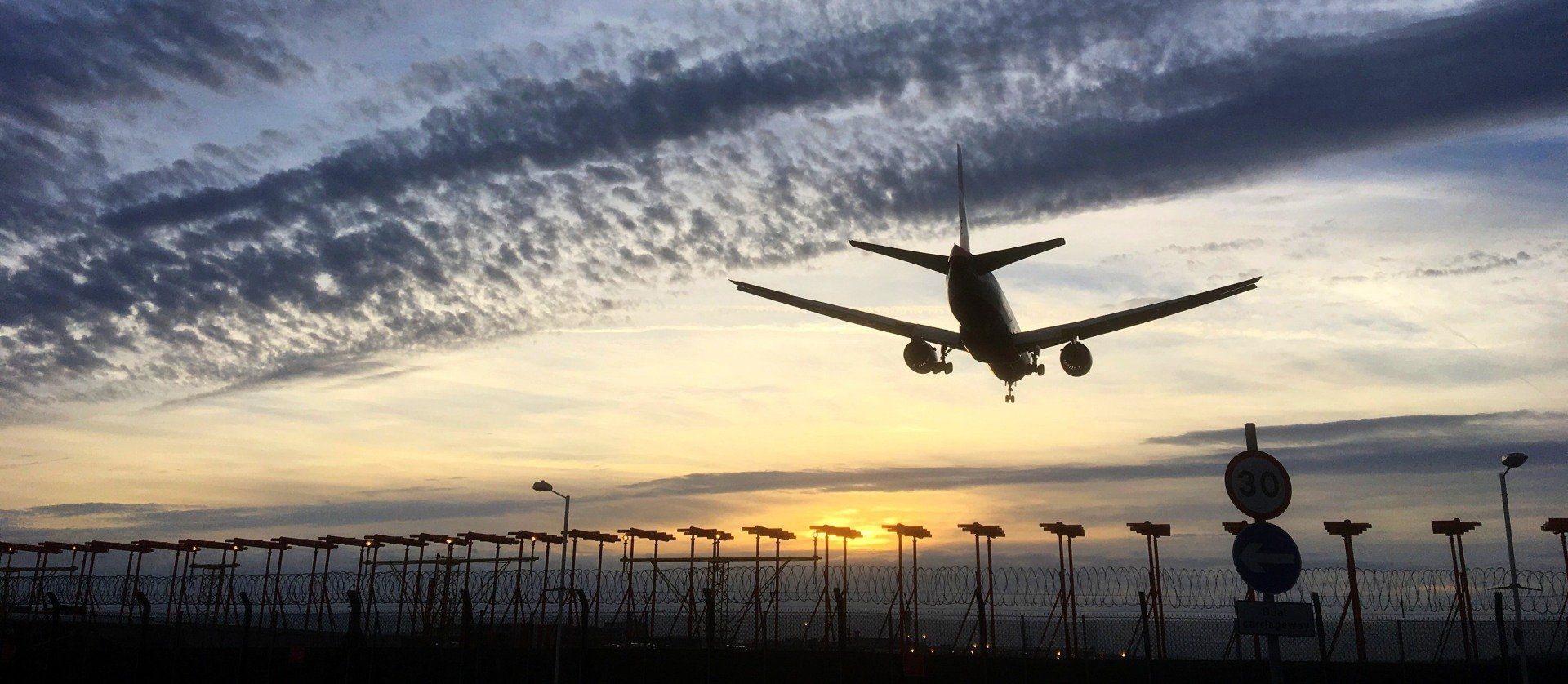London Airspace Acquisition Report
London Airspace Acquisition Report (University assignment)
This is a report for a fictional ANSP operating in the UK. The brief: The University of West London Air Traffic Control Services (UWL ATCS) want to acquire the "lucrative airspace above London" by taking some business away from NATS. The CEO asked for a 1000-word report on how to approach the task. Written in May 2021.
Summary
- Luton and Stansted seem the most feasible to acquire. Their contracts end in 2023 & 2025.
- Tenders are only for airports (Terminal Air Navigation Services – TANS). There are no market conditions for services above airports (London Approach or area).
- Some NATS controllers will have to transfer to the UWL ATCS. Use the same systems.
Introduction
The University of West London Air Traffic Control Services (UWL ATCS) is considering becoming a competitor to NATS. The CEO asked for advice about the challenges and technologies related to managing the London airspace. This report focuses on finding the most feasible part of NATS’ ATC business to take over along with practical and technological challenges related to tenders and the transfer of staff.
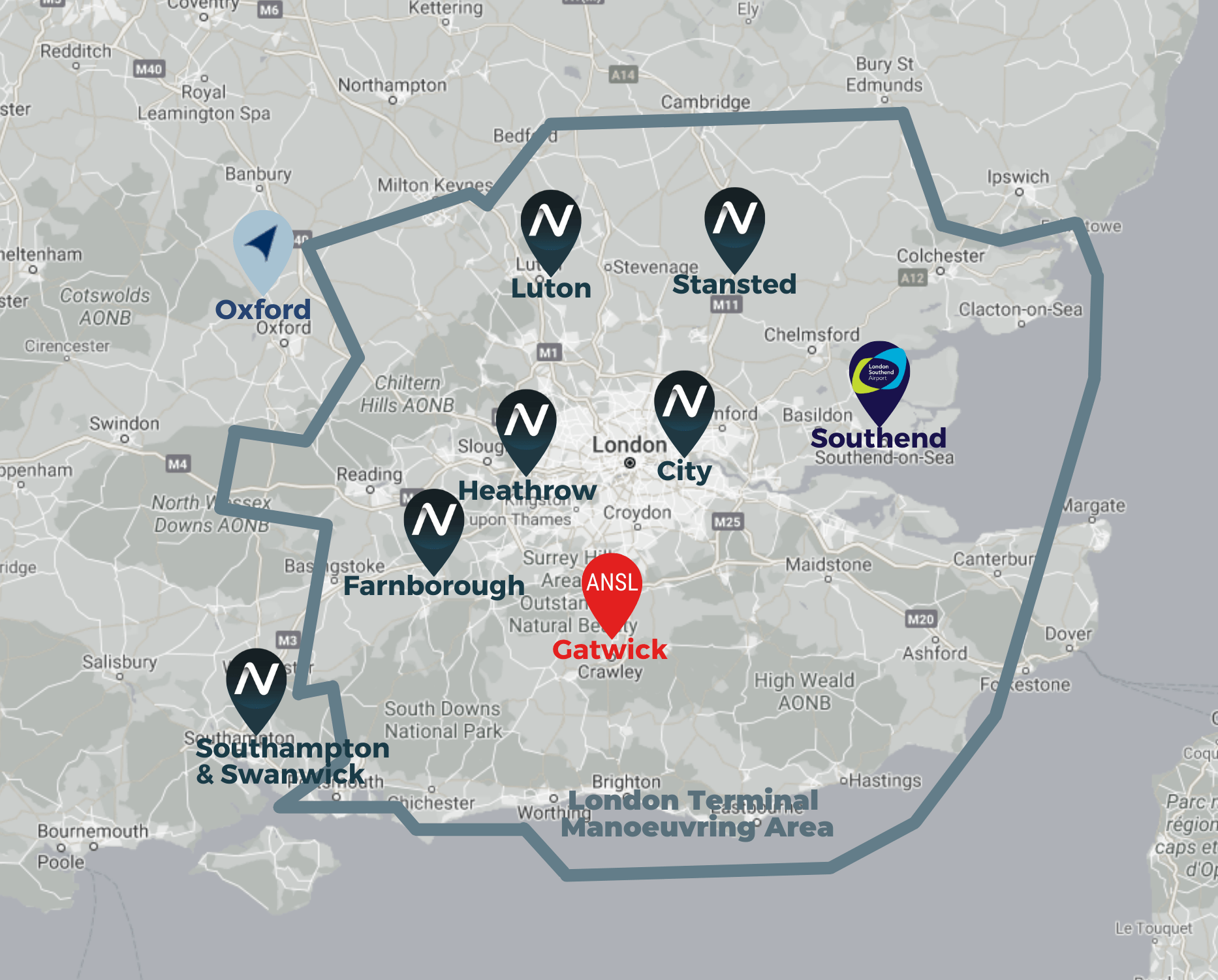
Fig. 1. Air Navigation Service Providers (ANSPs) at London airports (towers / TANS). Adapted from the CAA chart of the London TMA.
1. Feasibility: What to acquire?
1.1 Scope: the London airspace
London Terminal Manoeuvring Area (LTMA, Fig. 1) extends from various altitudes (2500-7500 feet) to FL195 (19,500 feet; NATS, 2021a). The NATS’ Air Traffic Control (ATC) services include area, approach, and aerodrome.
1.2 Towers (TANS)
NATS provides aerodrome (tower) Terminal Air Navigation Services (TANS) and engineering services at Heathrow, Stansted, Luton, City and Southampton while Gatwick tower is operated by Air Navigation Solutions Limited (ANSL). Southend Airport uses self-supply.

Table 1. London airports and their ANSP contract expiry dates (CAA, 2018a, p. 1-55; Luton: NATS 2018). Stansted and Luton are highlighted as the most feasible airports to acquire. At Southampton, NATS also provides approach services located in the lower part of the tower as part of TANS (NATS, n.d). Airport passenger numbers and aircraft movements from 2019 (CAA, 2020a-b).
Typically,
TANS
consist of aerodrome (tower) and approach services (Fig. 2; CAA, 2018b, p. 10) but not in London. Since London Approach is provided by NATS from the Swanwick centre (not from airport towers), TANS at Heathrow, Gatwick, Stansted, Luton, and London City airports do
not
include approach (CAA, 2014, p. 5; CAA, 2020c, p. 9).

Fig. 2. TANS typically include aerodrome and approach services (but not in London; CAA, 2018b, p.10).
UWL ATCS would apply for TANS tenders alongside other ANSPs (62 in the UK; CAA International, n.d.). Typical contract length is 5 or 10 years and can be extended, typically by two years (NATS, 2018; Table 1).
1.3 Area and London Approach
The area (en-route) control and London Approach have been licensed to NATS by the Civil Aviation Authority (CAA) for 10 years in December 2020; the licence can only be revoked if NATS broke its conditions (e.g., unpaid fees; CAA, 2020c, p. 104). There are no market conditions for the UK airspace including London Approach (LA; CAA, 2020c, p. 102) which are “not subject to competition” (CAA, 2018b, p. 10). The en-route segment is a regulated state monopoly in most countries and other Air Navigation Service Providers (ANSPs) are rather tapping into other areas of the business such as data provision, systems, or consultancy activities (Barbero, 2020, 1:02:25).
1.4 Economic regulation
Economic regulation prevents NATS, Gatwick and Heathrow from charging more in time of prosperity to build resilience for the time of crisis (Holland-Kaye, 2021, 27:50; CAA, 2020c). Any extra revenue has to be returned to airspace users (Barbero, 2020, 1:03:05; PRB, 2018, p. 10). Not being economically regulated, Stansted and Luton could be more profitable.
2. Digital technology
2.1 Remote and digital tower
Since 2021, London City Airport has been controlled remotely from the Swanwick centre based on visual and sensor data coming from the airport (NATS, 2021b, Young, 2021). The mast with 16 high-definition cameras was built in 2018 as the existing (traditional) control tower was approaching the end of its operational lifespan (NATS, n.d.; Young, 2021). Due to being operated from the NATS building, London City Airport may be difficult to acquire.

2.2 Cross-border virtual centre
Despite being closed to tenders, the control over airspace can be delegated to a different country. In March 2021, in a real-time simulation in case of a control centre failure, German upper airspace was controlled from the UK and Poland, with data coming from Vienna and Madrid (DFS et al., 2021).
2.3 Digital systems
Due to different Flight Data Processing (FDP) systems used by ANSPs (Fig. 3), the transfer of control requires middleware to connect the infrastructure (DFS et al., 2021). The lack of seamless interoperability “makes flying in UK airspace unnecessarily complex” (AUKFISO et al., 2021) and has a “side effect on staff mobility” (Barbero, 2018, p. 15). To seamlessly replace NATS and facilitate staff transfer, UWL ACTS should use the same systems.
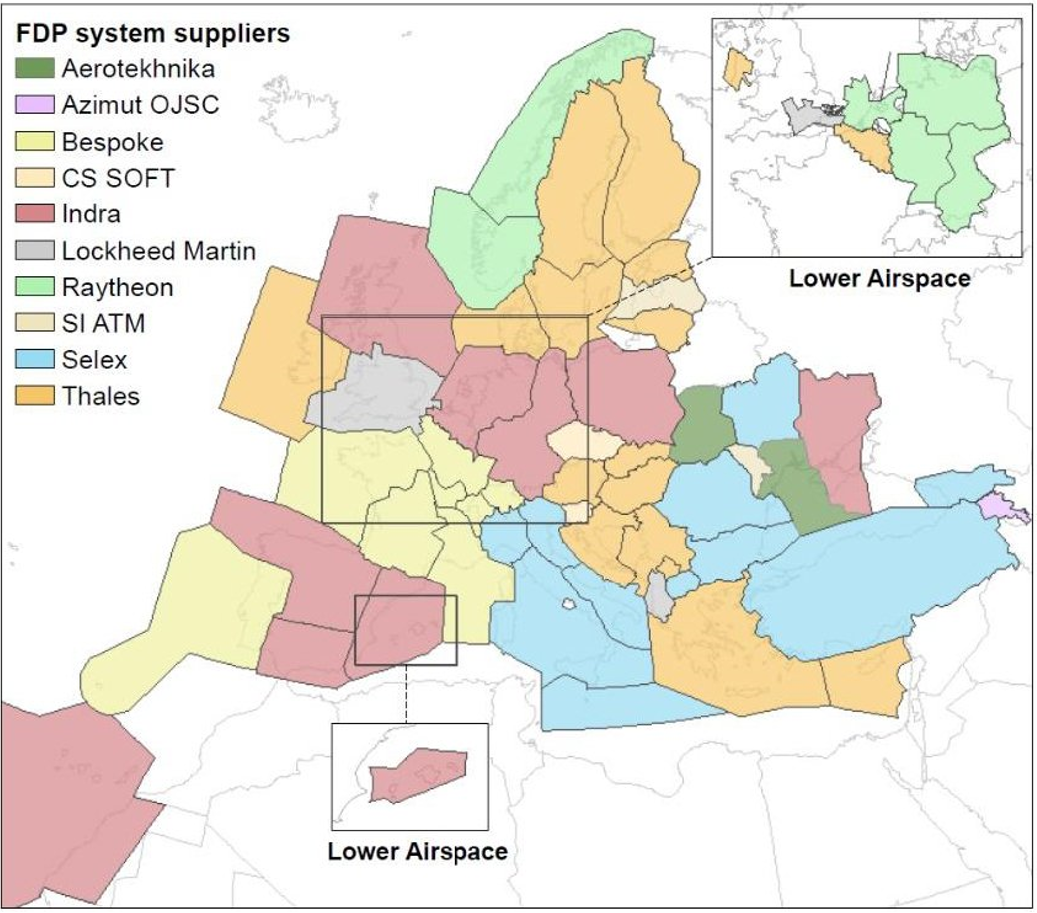
Fig. 3. Flight Data Processing (FDP) systems suppliers used by ANSPs in Europe. NATS uses Lockheed Martin for lower and upper airspace in London (Swanwick centre) but the Scottish Area Control centre in Prestwick uses Indra. Source: EUROCONTROL / GATCO, 2019.
Challenges: no service disruption
3.1 Provisions to switch provider
NATS' strengths lie in operational resilience and exit strategies developed during service transfer in Birmingham, Gatwick and Edinburgh towers. ANSL won the tender for Edinburgh tower due to stronger exit provisions and resilience, being fully backed by the German government (CAA, 2018a, p. 16). NATS is 49% government-owned (NATS, 2020). To acquire such key UK airports as Stansted or Luton, UWL ATCS should have strong exit provisions, ideally with government backing.

3.2 Staff transfer
ATC services must be provided by controllers trained and validated on local procedures. Training takes 1-3 years depending on prior experience and ability (Smith, 2015, p. 181). TANS transitions at Gatwick and Birmingham relied on transferring about half of the needed air traffic controllers from NATS to the new provider and recruiting and training the other half (Steer Davies Gleave, 2017, p. 56-60). Some NATS personnel may have rights to stay with the company (under Trust of a Promise – ToaP) and refuse to be transferred (Steer Davies Gleave, 2017, p. 29: 5.10). It is unclear how many valid controllers would transfer from NATS and how many new controllers would need training. This makes the entry cost difficult to estimate.
4. Stansted and Luton
As London City Airport is controlled from the NATS’ centre (Young, 2021), and Heathrow and Gatwick are economically regulated (CAA, 2020c), the only remaining London airports with high traffic levels are Stansted and Luton (Table 1). Their TANS contracts expire in 2025 (Stansted) and 2023 (Luton; NATS, 2018; CAA, 2018a, p. 36; Table 1), giving UWL ATCS time to prepare for a tender.
Concerns regarding Luton raised by ANSL (CAA, 2018a, p. 6):
- Short contract term (5 years; Table 1) not allowing to recoup entry costs,
- Lack of senior management engagement (just a market exercise, not a real tender?),
- Lack of regulatory guidance regarding NATS’ Trust of a Promise (ToaP).
The 10-year contract length at Stansted (Table 1) could help spread the entry costs and offer a competitive price.
Conclusions
TANS: Stansted and Luton seem to be the most feasible London towers to acquire from NATS due to:
- high number of aircraft movements (Table 1),
- aerodrome service only (no approach),
- no economic regulation.
Area & approach: UWL ATCS might provide services:
- remotely, from another country,
- at a lower cost, becoming a competitor to NATS and creating market conditions for the London airspace.
- The bid is unlikely to be successful without government backing and strong exit provisions.
Implications and Recommendations
- To facilitate NATS staff transfer, use the same digital systems.
- CAA and the Prospect Union will provide oversight for transitional arrangements (CAA, 2018a, p. 49).
- “Clients don't choose the best option; they choose the least risky option.” – Chris Do (2017). Do not start with changing the existing technology unless it is a client’s requirement. Ensure no service disruption and safety first.
References
- Association of the UK Flight Information Service Officers, British Air Line Pilots Association, General Aviation Alliance, Guild of Air Traffic Control Officers, Honourable Company of Air Pilots (24 March 2021) Refocusing the UK Airspace Modernisation Strategy.
- Barbero, L. (2018) Radical Changes for a More Efficient ATM System. GATCO-BALPA Controller-Pilot Symposium 2018.
- Barbero, L. (2020) The Future of Air Traffic Management. GATCO-BALPA Controller-Pilot Symposium 2020. 3 November.
- CAA International (no date) Airports & Air Navigation Service Providers
- Civil Aviation Authority (2014) Regulatory treatment of London Approach charges in Reference Period 2 (2015-2019) of the Single European Sky Performance Scheme: CAA Conclusions (CAP 1158).
- Civil Aviation Authority (2015) Review of advice on SES Market Conditions for Terminal Air Navigation Services in the UK (CAP 1293).
- Civil Aviation Authority (2018a) 15-02-2018 Combined Responses: Call for evidence CAP 1605 – December 2017.
- Civil Aviation Authority (2018b) Final Advice on Market Conditions for Terminal Air Navigation Services in the UK (CAP 1648).
- Civil Aviation Authority (2020a) Size of Reporting Airports 2019.
- Civil Aviation Authority (2020b) Aircraft Movements 2019.
- Civil Aviation Authority (2020c) Air Traffic Services Licence for NATS (En Route) plc. (December 2020).
- DFS, ENAV, Frequentis, INDRA, NATS, PANSA, SESAR (2021) SESAR partners successfully validate solution to delegate air traffic services.
- Do, C. (2017) Designer brilliantly explains how to charge clients for logos and other design services.
- Holland-Kaye, J. (2021) EUROCONTROL's Aviation StraightTalk Live with Heathrow CEO, John Holland-Kaye. 14 April 2021.
- NATS (no date) Factsheets.
- NATS (2018) London Luton Airport chooses NATS as air traffic service provider.
- NATS (2019) The NATS Safety Strategy for 2030.
- NATS (2020) NATS Holdings Limited Annual Report and Accounts. Year ended 31 March 2020.
- NATS (2021a) London TMA. 2021-04-22 AIRAC.
- NATS (2021b) London City is first major airport controlled by remote digital tower. 30 April 2021.
- Performance Review Body for the Single European Sky (2018) EU-wide target ranges for RP3. Part 1: An overview of target setting for RP3.
- Smith, D. (2015) Air Traffic Control Handbook. Manchester: Crécy.
- Steer Davies Gleave (2017) Review of TANS provider transition at Birmingham and Gatwick. Recommendations final report (PUBLIC). January 2017.
- Turner, A. (2014) NATS drops High Court action to prevent Gatwick awarding DFS its tower services.
- Young, S. (2021) Ground control out, remote control in at London City Airport.


